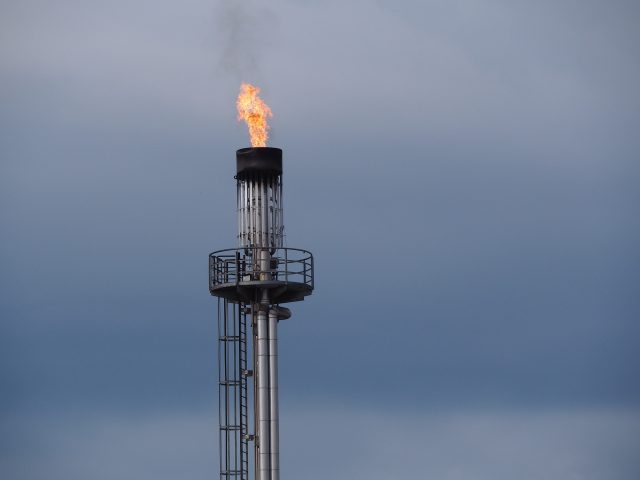
The energy crisis appears to be over, as European countries have won a victory in the battle to reduce dependence on Russian gas. Despite the fears expressed by sceptics, EU countries’ natural gas storage facilities are now more than 80% full, enough to last no matter how much of the winter is left. But the struggle of member states to achieve greater energy independence from third-country imports and deforestation is not over yet. The impact of climate change, which has been increasingly felt in recent years, coupled with the immediate energy consequences of the war in Ukraine, has put pressure on European bodies, which over the past two years have managed to come up with concrete action plans and a coherent legislative package to support European green policy. One of their key points is the widespread adoption of renewable energy sources and, in particular, the replacement of methane gas with biomethane and hydrogen. The European Union’s ambitions to increase biomethane production over the coming decades, backed by associations of European biomethane companies, speak of a production of 35 billion cubic metres of biomethane by 2030. It is well known that only 3 billion cubic metres of biomethane are currently produced in the EU. Increasing this to 35 billion cubic metres, i.e. ten times current production, requires not only more feedstock but also the construction of around 5 000 new biomethane plants, experts say. As for hydrogen, its production is even less developed than biomethane in Europe today.
The REPowerEU plan, launched by the European Commission at the beginning of 2022, was adopted after the Council and Parliament agreed on it quickly, within a few months, and was complemented/concentrated within a few months last year with the legislative package Fit for 55. These are designed to support the achievement of Europe’s ambitious climate targets, but also to ensure the EU’s long-term energy security and independence. Saving energy, diversifying sources and producing clean energy to reduce dependence on fossil fuel imports – in particular Russian natural gas – are just some of the objectives of REPowerEU, which offers a vision for the future of the whole European energy sector. To achieve these objectives, the European Parliament and the Council have reached a political agreement on the financing of REPowerEU, allowing Member States to include specific REPowerEU measures in their recovery and resilience plans. To do this, Member States have a generous €20 billion fund at their disposal, drawn from the EU’s cohesion policy budget, the European Agricultural Fund for Rural Development, the Connecting Europe Facility, the Innovation Fund, national and European funding, private investment and the European Investment Bank.
Romania: NERP money for thermal rehabilitation of buildings, not for green energy infrastructure development
Romania receives €1.4 billion in non-repayable grants from the fund. Romania’s REPower EU plan, integrated into the National Recovery and Resilience Plan, which the government in Bucharest has yet to receive approval from the European Commission, only includes projects for the energy rehabilitation of buildings – which is another component of the European plan. In other words, the government in Bucharest does not plan to invest – at least until 2026, when it is supposed to finalise projects funded by the PNRR – a single euro in the creation and development of the infrastructure needed to produce ‘green’ energy.
The Fit for 55 package, underpinning the ambitious targets of reducing emissions by at least 55% by 2030 (compared to 1990 levels) and achieving CO2 neutrality by 2050, adopted as a complement to REPowerEU at the end of last year, sets common rules for the internal markets in renewable gas, natural gas and hydrogen. These rules create the necessary legislative framework to organise the transition of the gas sector towards renewable and low carbon gases, in particular biomethane and hydrogen. The Fit for 55 provides the regulatory framework for hydrogen infrastructure and markets and provides for the establishment of a separate European entity for hydrogen network operators, separate from that of gas transporters. As a general approach, the blending of hydrogen into the natural gas system has been set within a limit of 2% by volume to ensure harmonised gas quality.
However, in order for hydrogen and biomethane production to successfully replace gas imports and eventually gas substitution, European countries will need to make substantial investments. Biomethane – which is obtained by purifying biogas – has already been used for several years, mainly as a fuel on large farms. In Germany, for example, a country that has developed this sector, biomethane covers 1% of gas demand, but only a small proportion of the quantity produced is fed into the grid.
Although biogas production is currently only efficient on large farms, in the future, with investment in production technology, this new biotech field will bring other benefits in addition to biomethane production. Digestate – the material from gas digesters – will be able to replace increasingly expensive and environmentally damaging synthetic fertilisers on a larger scale.



 Subscribe
Subscribe